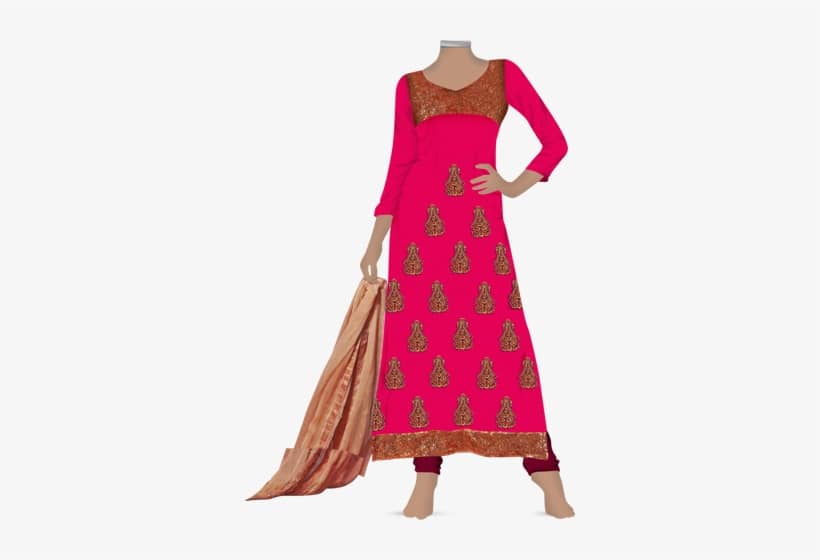Tailor Perth Specialists: Tailor-Made Solutions for Elegant Attire
Tailor Perth Specialists: Tailor-Made Solutions for Elegant Attire
Blog Article
Understanding the Tailoring Process: From Textile Selection to Final Fitting for the Ideal Closet
The tailoring procedure is an intricate interaction of art and science, beginning with the essential decision of fabric selection and culminating in the precise changes of last installations. Each textile kind brings special high qualities that influence not just the aesthetic appeal yet additionally the garment's long life and suitability for different events. Comprehending the nuances of tailoring strategies can raise one's wardrobe to extraordinary degrees of elegance. As we discover these aspects further, one must think about how even the tiniest details can significantly affect the overall end result of one's individual design.
Importance of Material Choice
Picking the ideal fabric is crucial in the tailoring procedure, as it straight affects the comfort, resilience, and total visual of the final garment (tailor perth). The selection of material establishes the foundation for the garment's functionality, efficiency, and design. Various fabrics possess distinct residential or commercial properties, such as stretch, breathability, and weight, which can significantly impact exactly how the garment drapes and fits the body
Additionally, material option affects the garment's longevity and simplicity of care. Top notch textiles can stand up to deterioration, maintaining their appearance and framework over time, while lower-quality materials may result in pilling or fading. In addition, the appropriate fabric adds to the garment's ability to shift throughout celebrations and seasons, thereby improving convenience.
A tailored item made from a suitable material not only showcases craftsmanship yet additionally elevates the wearer's confidence. Comprehending the nuances of textile choice is paramount for any customizing endeavor. It makes certain that the end product not just fulfills the visual desires of the customer yet additionally straightens with useful demands, therefore achieving an unified balance in between type and feature in the customized wardrobe.
Kinds Of Fabrics and Their Uses
Understanding the numerous sorts of materials offered is essential for making informed decisions during the tailoring process. Each textile has distinct attributes that dictate its viability for particular garments and events.
Its adaptability allows it to be customized right into everything from tee shirts to gowns. Its natural flexibility assists garments maintain form over time.
Silk emanates luxury and is lightweight, making it ideal for eveningwear and delicate blouses; however, it needs careful handling due to its fragility. Linen, with its textured finish, is a prominent option for warm climates, supplying a crisp and airy feeling, yet it wrinkles quickly, which may influence the garment's appearance.
Artificial fabrics, such as polyester and nylon, deal durability and resistance to creases, making them appropriate for daily wear and energetic apparel. Comprehending these textile kinds and their residential or commercial properties permits better decision-making, making certain that each customized item not just fits well however additionally aligns with the desired function and celebration.
The Tailoring Techniques Explained
The art of customizing counts on a selection of methods that change material into well-fitted garments. Central to this process is pattern composing, where a dressmaker produces design templates based on the customer's measurements and preferred design. This first step makes sure that the garment will fit the user properly before any type of reducing takes place.
When patterns are developed, reducing strategies come right into play. Precision is paramount as errors can lead to misfitting garments. Tailors typically use numerous reducing techniques, such as single-layer cutting for detailed layouts and multiple-layer cutting for effectiveness on conventional patterns.
Basting is one more important technique, enabling dressmakers to briefly sew textile assemble for an initial fitting. This technique uses the chance to evaluate the drape and overall shape before final sewing.
Seaming techniques, including flat-felled seams and French joints, improve the garment's longevity and aesthetic allure. Tailors likewise use techniques such as interfacing and padding to supply structure and shape to specific areas, like collars and shoulders.
Last but not least, ending up techniques, consisting of hemming and side finishing, ensure the garment's longevity while supplying a sleek appearance. Together, these strategies form the foundation of efficient tailoring, causing exquisite, tailor-made clothing.
Fitting Changes and Factors To Consider

Trick factors to consider consist of the shoulder fit, which should neither sag neither restrict movement, and the sleeve size, which ought to enable comfortable arm movement while preserving a polished appearance. In addition, adjustments at the midsection can improve the shape, with choices to allow out or take in material as required.
The surge of pants is one more essential aspect; it needs to rest comfortably above the hips without causing pain, allowing for convenience of movement. Hemming sizes for both trousers and a knockout post skirts should show the user's favored style while respecting proportions.

Preserving Your Tailored Garments
Constantly adhere to the treatment tag directions, which may advise dry cleaning for fragile fabrics or device cleaning for even more sturdy products. Prevent constant laundering, as this can wear down the fabric and alter the garment's form.
Storage is equally crucial; use padded hangers for coats and jackets to preserve shoulder framework, and shop pants folded nicely or hung to avoid creasing. Safeguard garments from direct sunlight, which can fade shades and damages fibers.
Furthermore, periodic evaluations for small fixings can protect against larger concerns. Examine for loosened switches, tearing seams, or signs of moth damages, resolving these troubles promptly to maintain the garment's integrity.
Finally, think about seasonal turning. Using tailored pieces in moderation enables fabrics to recoup, extending their lifespan. By implementing these upkeep approaches, you can guarantee that your tailored garments continue to see page be as beautiful as the day you first wore them, improving your excellent wardrobe for several years to come.
Verdict
The tailoring procedure, incorporating fabric selection, experienced strategies, and specific fitting modifications, plays a critical role in producing garments that boost both convenience and style. Each phase contributes to the overall performance of the end product, making sure that apparel not only fits well but additionally reflects private identity. Additionally, recognizing the significance of maintenance expands the life of customized garments, strengthening their value in a well-curated wardrobe. A thorough technique to tailoring finishes in a polished and confident look.
Choosing the ideal fabric is critical in the customizing procedure, as it directly affects the comfort, toughness, and general aesthetic of the final garment. The selection of material sets the structure for the garment's design, efficiency, and functionality. Various materials possess special residential properties, such as weight, breathability, and stretch, which can considerably impact just how the garment drapes and fits the body.
The art of tailoring relies on a range of techniques that transform textile into well-fitted garments.The tailoring procedure, including textile option, experienced strategies, and precise suitable changes, plays an important function in creating garments that boost both comfort and design.
Report this page